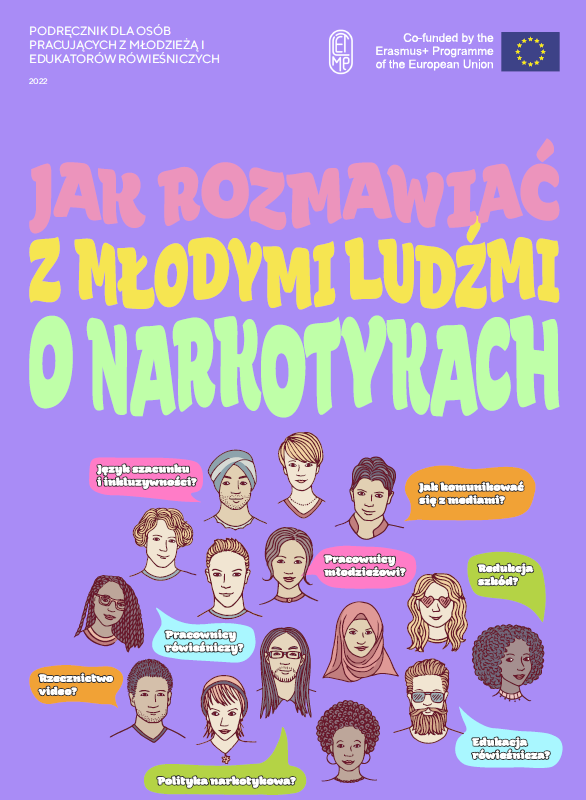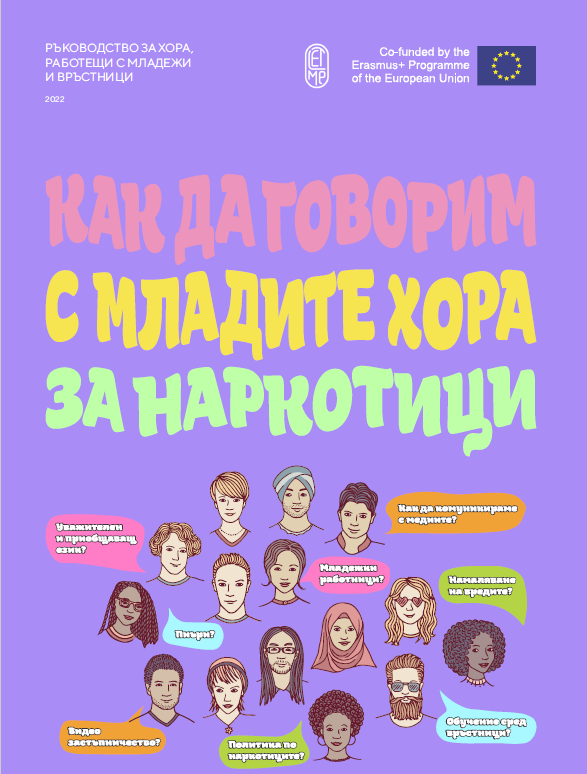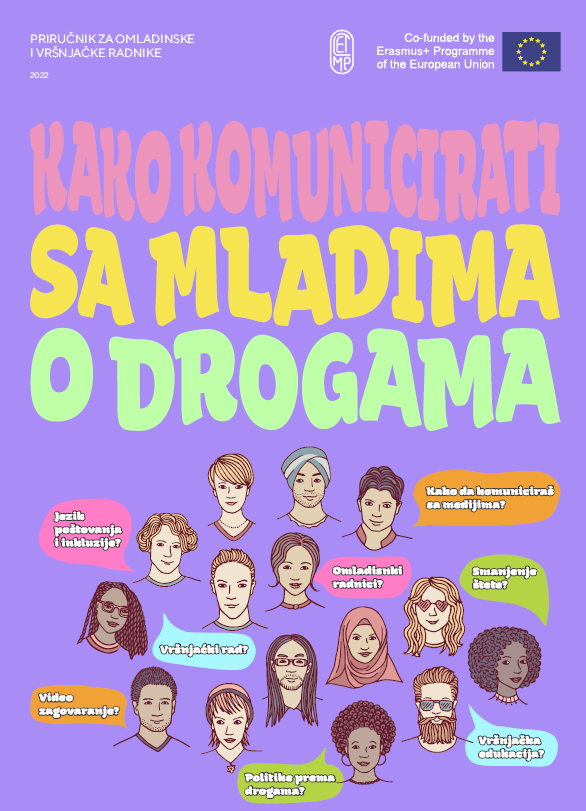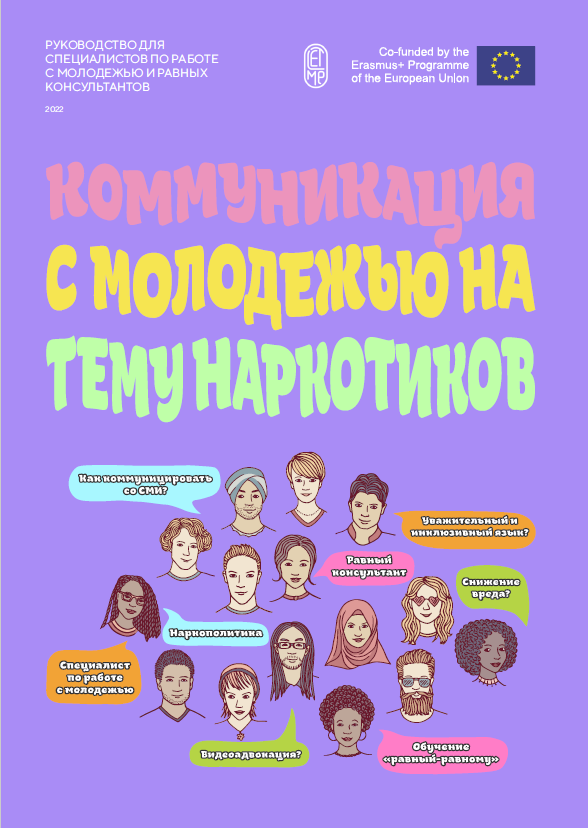Existing drug education at the European level is not fully corresponding to the needs of young people who use drugs. At schools, drug education only focuses on preventive approaches, while in non-formal settings (including youth organisations and other after-school activities), the drug topic is almost never discussed because of a lack, or low level, of competency of youth workers in this area. Youth organisations are an undiscovered niche which may become a place for safe and open discussions about drugs with young people. Youth organisations are playing a crucial role in reaching out to young people and, more importantly, in promoting inclusiveness which is very important when talking about young people who use/might be using drugs. Inclusiveness should not only mean the inclusion of particular groups of people, but it should also mean the inclusion and implementation of different methods of work while speaking with young people about different topics, including drugs. Youth organisations might apply prevention strategies, but the harm reduction approach should not be left behind, especially if youth organisations are working with young people who are using drugs.
Most importantly, the voices of young people who use drugs should not be left behind — a safe space should be created where youth can raise their voice and openly speak and discuss issues related to drug use, as well as being able to be involved in drug education themselves. Communication with young people about drugs might be understood differently by different stakeholders. The most common understanding includes the provision of information about drugs, the preparation of preventive actions/activities, or education about drugs. All three ways have different aims and approaches, but the subject remains the same — communication about drugs with youth.
In this manual, the focus is on communicating drug education with young people and the methods that work when used by youth and harm reduction workers in non-formal settings.







